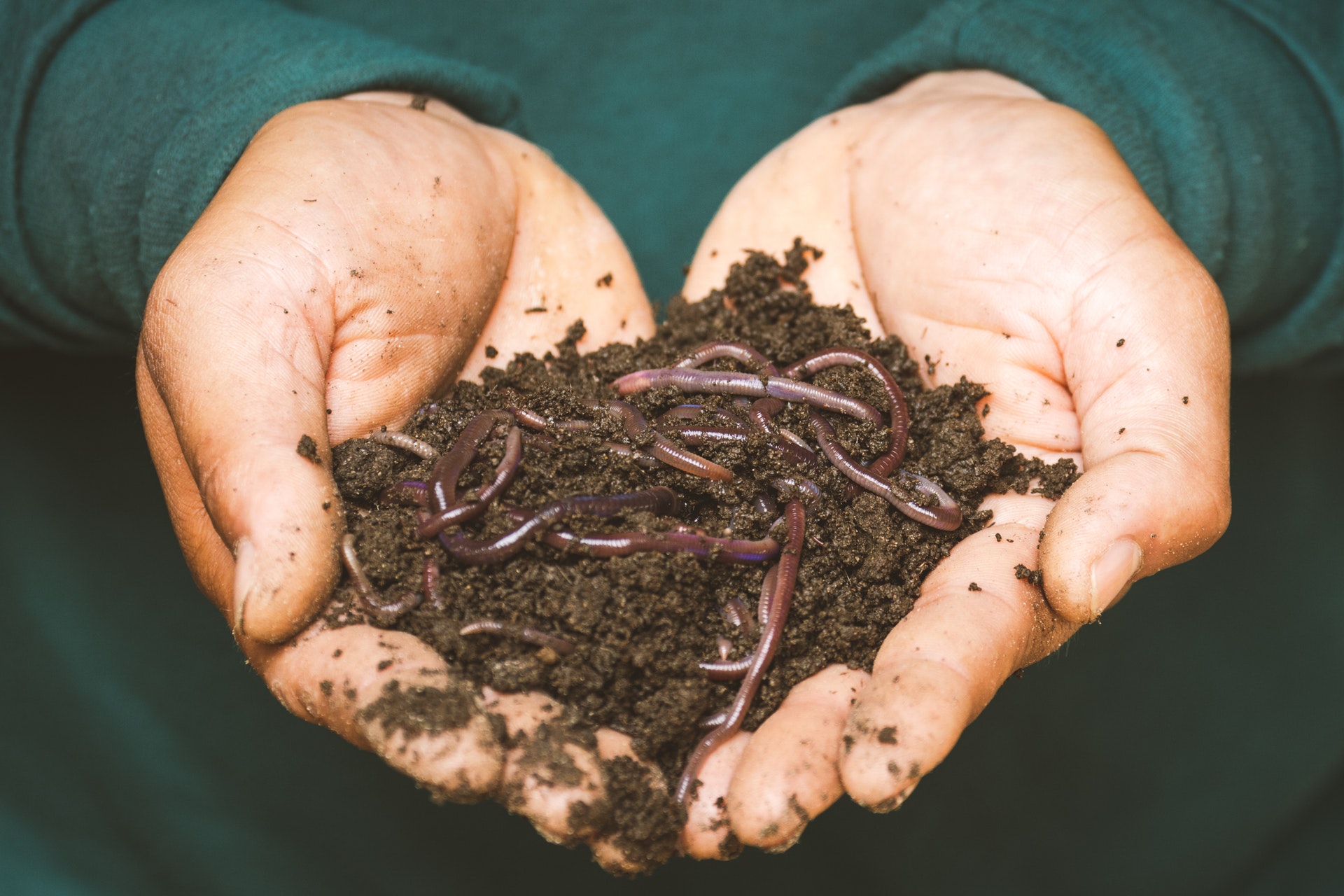PARSEC sectors: Environment
Keywords: bio-based alternatives, Compostable packaging, recycled materials
With consumer concern regarding plastic waste, fashion brands are attempting to reduce their environmental impact by moving to alternative materials. Mainstream fashion and beauty brands work to eliminate consumer packaging altogether in the quest to reduce their impact, and as only 9% of plastics are currently recycled, removing all but the most essential packaging seems the most sustainable approach. Compostable packaging solutions still present sustainability challenges as the infrastructure needed to effectively collect and compost the items at scale is not established in most places in the world.
In some cases where the packaging is directly being erased. It is the case of Lush, where employees use an app using artificial intelligence and product recognition software to scan items to find out more about their products. Others, like in the case of the joint venture Paboco, look for new packaging solutions, partly renewable and fully recyclable.
New innovative materials substitute single-use plastic solutions, and most of them can be recycled in domestic recycling schemes. For example, Burberry has launched a new line of packaging including paper packaging made from FSC certified virgin pulp and 40% recycled coffee cups, which can be recycled in domestic household recycling schemes. Another example is the ocean plastic bottles developed by Ren, who in partnership with leading recycling organisation Terracycle, launched a recycled and recyclable plastic bottle containing 20% ocean plastic.
Alternative bio-based options also include cassava starch garment bags developed by Complast and used, for example, by sustainable-designer-of-the-moment Maggie Marlyin. Noissue packaging supplier is also working on the creation of customisable compostable mailers which are made from corn-based bio-polymers (PBAT and PLA) certified for in-home and industrial composting.
Other examples of new materials is the case of Finisterre brand, the first fashion brand to use garment bags made from the Aquapak polymer, Hydropol. The polymer is oil-based, however, it is engineered to dissolve in water or break down in anaerobic conditions to leave carbon dioxide, water, and biomass.
Main stakeholders doing R&D: Agilyx, Bioplastech, TIPA, Recycling Technologies, Pond Biomaterials
Main stakeholders in the market: Agilyx, Bioplastech, TIPA, Recycling Technologies, Pond Biomaterials

Leave A Comment